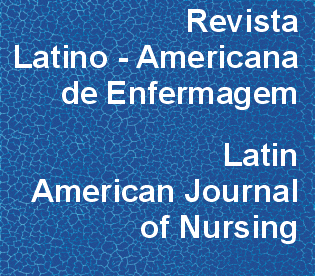(Handicapped) Caregiver: the social representations of family members about the caregiving process
DOI:
https://doi.org/10.1590/S0104-11692006000500020Keywords:
rehabilitation nursing, disabled persons, spinal cord injuries, social psychologyAbstract
This study aimed to analyze what looking after physically disabled persons with spinal cord injury by trauma means to their caregivers and family members. The analysis of the testimony of eight caregivers, obtained in open interviews, which was methodologically based on the Social Representations Theory (SR), pointed out two main routes: coping with the suffering process in care practice and the troubled waters that permeate this suffering process. These two routes, characterized as SR Central Core and Peripheral System, respectively, consisted of themes like the way of looking at impairment, affectivity, religiosity, social-economical changes and (lack of) technical and institutional support. The results show a handicapped caregiver dedicated to look after someone who is physically disabled, considered incapacitated, and who leads his or her chores with distress and privations, based on guilt and religiosity, supported by ambiguous affection and affected by deteriorating social-economical changes and (lack of) technical and institutional support to practice an activity that implies so many peculiarities. The transformation alternatives of these caregivers' daily life principally lead to a symbiosis of disability with the patient - to live for the physically disabled - or yet, for a few, a sketch to restart personal life projects - to live with the physically disabled.Downloads
Download data is not yet available.
Downloads
Published
2006-10-01
Issue
Section
Original Articles
License
RLAE’s authorship concept is based on the substantial contribution by each of the individuals listed as authors, mainly in terms of conceiving and planning the research project, collecting or analyzing and interpreting data, writing and critical review. Indication of authors’ names under the article title is limited to six. If more, authors are listed on the online submission form under Acknowledgements. The possibility of including more than six authors will only be examined on multicenter studies, considering the explanations presented by the authors.Including names of authors whose contribution does not fit into the above criteria cannot be justified. Those names can be included in the Acknowledgements section.
Authors are fully responsible for the concepts disseminated in their manuscripts, which do not necessarily reflect the editors’ and editorial board’s opinion.
How to Cite
(Handicapped) Caregiver: the social representations of family members about the caregiving process. (2006). Revista Latino-Americana De Enfermagem, 14(5), 770-780. https://doi.org/10.1590/S0104-11692006000500020



